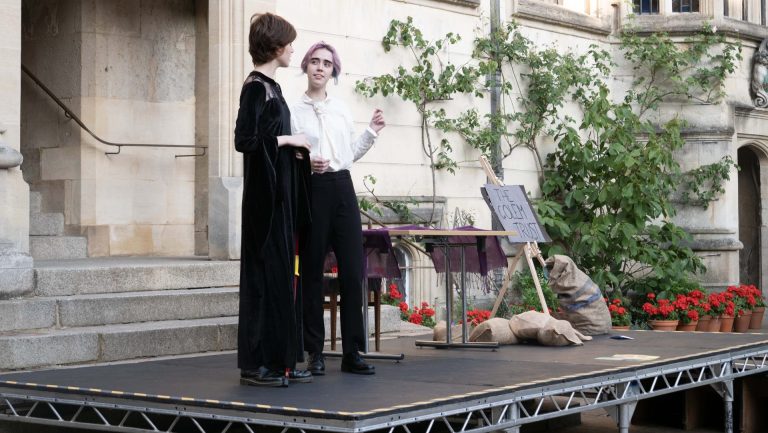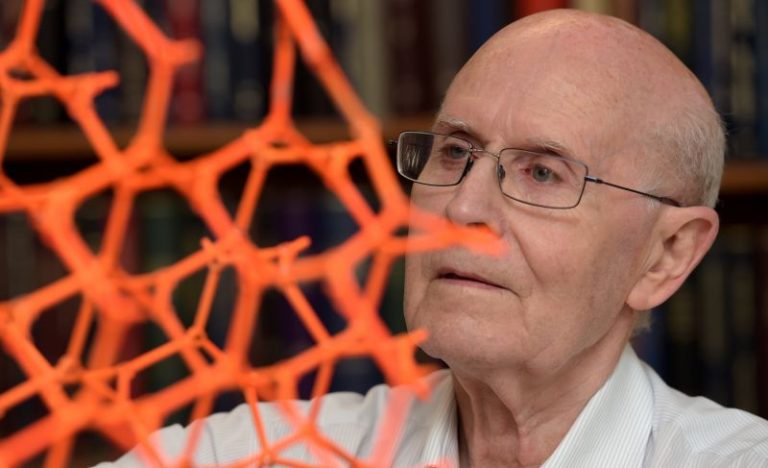Planning to take a break from your studies and make the most of the limited holiday time at hand? Wildlife holidays offer the right escape for students seeking adventure, fresh air, and a break from lecture halls and library walls.
From the thundering hooves of rhinos in India’s national parks to the roaring lions of African savannahs, each wildlife location promises a hands-on encounter with nature that feels like a story waiting to be lived.
To make it even better, you can add in budget-friendly safaris, student accommodation, guided tours, and immersive workshops with local conservationists, and you’ve got a holiday that’s thrilling, educational, and unforgettable.
Choosing Naturetrek allows you to make the most of wildlife holidays, whether you are taking pictures of exotic birds, hiking through lush wetlands, or spotting elusive big cats. With the right wildlife destinations, you can make the most of your wildlife adventures and mix it with excitement, knowledge and adventure.
Here are 6 wildlife destinations where students can go to rejuvenate and recharge across the globe.
Cairngorms National Park, Scotland
If you are in the UK, Scotland’s Cairngorms National Park is perfect for students looking to escape lecture halls and stretch their legs in wild, untamed landscapes. From misty valleys where red deer roam to craggy peaks watched over by golden eagles, every trail feels like an adventure waiting to be discovered.
With endless forests to explore and scenic paths that wind past sparkling lochs, the Cairngorms mix rugged beauty with peaceful moments of reflection. Students can hike to viewpoints that reward them with panoramic vistas, explore quaint villages dotted with cosy cafés and pubs, or try wildlife spotting with a camera in hand.
Whether you’re climbing mountains, wandering through pine forests, or simply soaking up the crisp Highland air, Cairngorms National Park offers a refreshing break from the city, a chance to reconnect with nature, and memories that last long after term ends.
Kruger National Park, South Africa
There is no doubt that South Africa remains one of the top destinations for wildlife and nature enthusiasts. Kruger National Park is the ultimate playground for those craving adventure and unforgettable wildlife encounters. This is where you can enjoy wildlife without compromising on safety, comfort and convenience. Kruger is one of the popular national parks in South Africa, where you can spot Africa’s Big Five along with other animals and birds.
The park’s vast landscapes, acacia-dotted plains, winding rivers, and golden sunsets make every moment a memory waiting to be captured. Students can join guided safaris or self-drive routes, spotting the Big Five while learning about conservation efforts from passionate rangers.
Evenings can be spent in affordable campsites or lodges, sharing stories around a campfire under a starlit African sky. Whether photographing exotic birds, tracking wildlife footprints, or simply soaking in the vastness of the savannah, Kruger delivers adventure, awe, and stories students will be talking about long after the trip ends.
Jim Corbett National Park, India
If you are exploring Asia, India is one of the top destinations for nature and wildlife enthusiasts. India has plenty of national parks and tiger reserves, making it a great choice for those interested in big cats. Jim Corbett National Park is famous for its Bengal tigers, leopards, and vibrant birdlife.
While you are here, you can make the most of jeep safaris that offer a chance to spot creatures and birds. The park’s dense forests, winding rivers, and open grasslands make every trek and safari drive a thrilling experience. Students can join morning safaris to catch animals at their most active, wander through nature trails, or visit watchtowers to scan the horizon for elusive tigers.
To make it better, there are budget-friendly forest lodges and guesthouses that make it easy to stay close to the action, while nearby villages offer a taste of local culture and cuisine. Whether tracking footprints in the mud or photographing colourful birds, Jim Corbett provides adventure, discovery, and memories students will treasure long after their holiday ends.
Yellowstone National Park, USA
Those who want a combination of education and adventure can opt for the Yellowstone National Park. This is a must-visit for students seeking a mix of wildlife, adventure, and jaw-dropping landscapes. From bison grazing in vast meadows to bears roaming forested valleys, every corner of the park is alive with nature’s spectacle.
The nature here is equally interesting, as you can enjoy bubbling geysers, steaming hot springs, and cascading waterfalls, and it feels like stepping into a living postcard. If you are looking for adventure, you can head out for hiking trails that allow you to learn more about the park’s unique ecosystems. With plenty of epic things to do in Yellowstone National Park, you can always have a busy itinerary to keep you engaged.
If you are interested in landscape photography, you can simply pause at a scenic viewpoint to watch the sun cast golden light across the mountains or capture it on your camera. With multiple affordable hostels and campsites, students can stay close to the action, while nearby towns offer cafés and diners to refuel after a day of exploration.
Okavango Delta, Botswana
Botswana has remained among the top African countries where you can head for wildlife holidays. For various students wanting to explore and learn about nature and wildlife, the Okavango Delta is a dream destination. With meandering waterways, lush wetlands, and hidden lagoons, this is a playground for hippos, crocodiles, elephants, and a dazzling array of birds.
If you are looking for adventure and excitement, you can take a mokoro ride or boat safari, which feels like stepping into an untouched world where nature sets the pace. There are plenty of things to do in the Okavango Delta that can keep you busy and entertained throughout your holidays.
Students can glide silently through narrow channels in traditional dugout canoes, watch elephants drink at the riverbanks, or photograph vibrant birdlife as the sun casts a golden glow over the delta. Budget-friendly lodges and camps provide a base for early-morning safaris and late-evening stargazing sessions.
Corcovado National Park, Costa Rica
If you are looking for stunning wildlife holiday destinations, Costa Rica is one of them. With plenty of national parks and green spaces, you can make the most of the limited time you have. Corcovado National Park is ideal for students looking to dive into one of the most biodiverse rainforests on the planet.
While you are here, you can witness howler monkeys swinging overhead and scarlet macaws streaking across the canopy, offering you an immersive jungle experience. As you hike through the national park, you come across hidden waterfalls, winding trails, and misty rivers, making exploration both thrilling and serene.
You can stay in affordable eco-lodges and campsites, let students stay immersed in nature, while group activities encourage learning, photography, and hands-on conservation experiences. This ensures that you can make the most of your wildlife expedition in Corcovado National Park.














